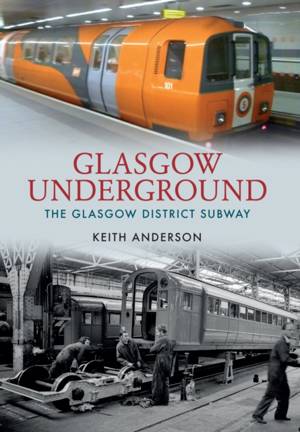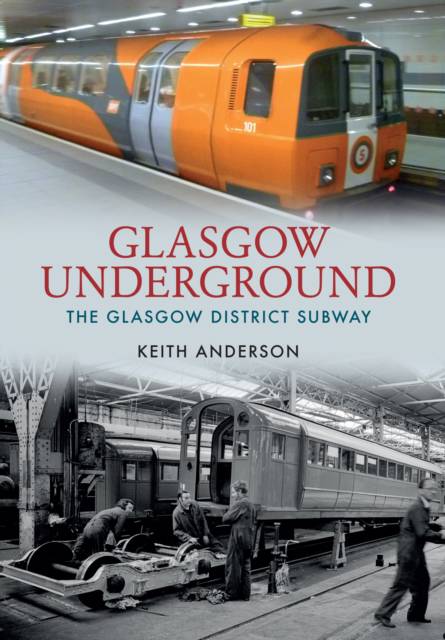
- Afhalen na 1 uur in een winkel met voorraad
- Gratis thuislevering in België vanaf € 30
- Ruim aanbod met 7 miljoen producten
- Afhalen na 1 uur in een winkel met voorraad
- Gratis thuislevering in België vanaf € 30
- Ruim aanbod met 7 miljoen producten
Zoeken
€ 22,45
+ 44 punten
Omschrijving
The Glasgow District Subway was second only to London in the UK and was the third underground system to be built anywhere in the world. Originally operated as a cable railway, it was later electrified and the rolling stock from that era continued to be used until it had become very dilapidated by the 1970s. Following a major modernization programme, it is now operated by the Strathclyde Partnership for Transport and the distinctive orange livery of the modern trains has earned it the local nickname of 'the clockwork orange'. The Underground is laid out as a circular route with the trains on a continuous loop, clockwise and anti-clockwise on the twin lines. It serves fifteen stations on both sides of the Clyde including the ornate St Enoch. Keith Anderson traces the development of Glasgow's Subway from its construction through its modification and up to the present day.
Specificaties
Betrokkenen
- Auteur(s):
- Uitgeverij:
Inhoud
- Aantal bladzijden:
- 96
- Taal:
- Engels
Eigenschappen
- Productcode (EAN):
- 9781445621746
- Verschijningsdatum:
- 15/02/2014
- Uitvoering:
- Paperback
- Formaat:
- Trade paperback (VS)
- Afmetingen:
- 165 mm x 234 mm
- Gewicht:
- 204 g

Alleen bij Standaard Boekhandel
+ 44 punten op je klantenkaart van Standaard Boekhandel
Beoordelingen
We publiceren alleen reviews die voldoen aan de voorwaarden voor reviews. Bekijk onze voorwaarden voor reviews.








